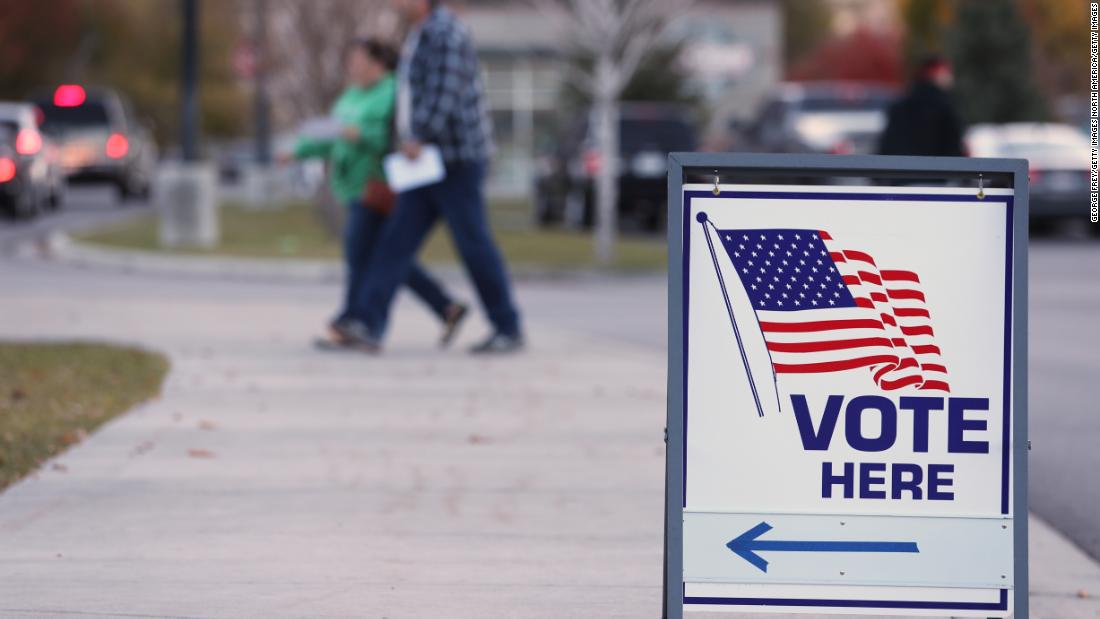
Most electoral maps, including CNN's, do not include a popular vote total when looking at cumulative Senate races, but The New York Times does.
And the numbers are enough to send Democrats, despite winning control of the House of Representatives, crying into their post-election cereal bowls.
As of 11 a.m. on the day after Election Day, there were than 45 million votes (56.8% of the total) cast for a Democratic Senate candidate compared to 33 million votes (41.6%) for a Republican candidate.
That's a lot more Democratic votes in an election when they're going to lose seats! But it's also a totally meaningless number.
First, there is obviously no national Senate election. Only a third of Senate seats are up for grabs in any US election. Second, the Constitution was written to give rural states more voice in the Senate. When it was written, by the way, senators weren't even elected; they were selected by state legislatures. Nationwide direct election of senators was not enacted until 1913, with the 17th Amendment.
Republicans dominate in less populated, more rural states. That's how Sen. John Barrasso can get reelected to a US Senate seat in Wyoming with nearly 113,000 votes -- fewer than Ted Cruz got losing Travis County, which includes the city of Austin. That's how 178,478 votes can get Republican Kevin Cramer elected to a Senate seat in North Dakota, but is far fewer than the more than 200,000 votes Democrat Kevin de León got losing to Dianne Feinstein in San Diego County alone.
About 2 million more people voted this year in the hotly contested Texas Senate race, which Cruz won, than in California's, even though California has a much larger population than Texas.
Speaking of California, its primary system meant that two Democrats faced off on Election Day, so presumably de León's 2.8-plus-million votes are in the Democratic column, along with California winner Dianne Feinstein's more than 3.3 million votes.
If turnout in California had been higher, the disparity between Republican and Democratic votes in Senate races would have been even higher.
We should point out here that the statewide races in California were not particularly competitive, and the turnout rate of 39% announced by the secretary of state there Wednesday morning is far lower than the national and eye-popping (for a midterm) 49% turnout rate currently projected in House races nationwide.
It is smarter to look at House popular vote totals, since every House member is up for election every year. It is, essentially, a national election. And Democrats performed very well, picking up the House majority and outperforming Republicans.
But if popular votes were what mattered in US politics, two of the last three Presidents, both Donald Trump and George W. Bush, would not have been elected.
It's more instructive for 2020 and future elections to consider Trump's over 50% approval rating in a slew of key states he won in 2016, like Florida and Ohio, and his slide in places like Pennsylvania, Wisconsin and Michigan.
That's because the US is often described as a democracy, but it's far from a direct democracy. And states wield great power, regardless of what a straight majority of US voters vote for.
Bagikan Berita Ini














0 Response to "Why you shouldn't care so much about the popular vote"
Post a Comment